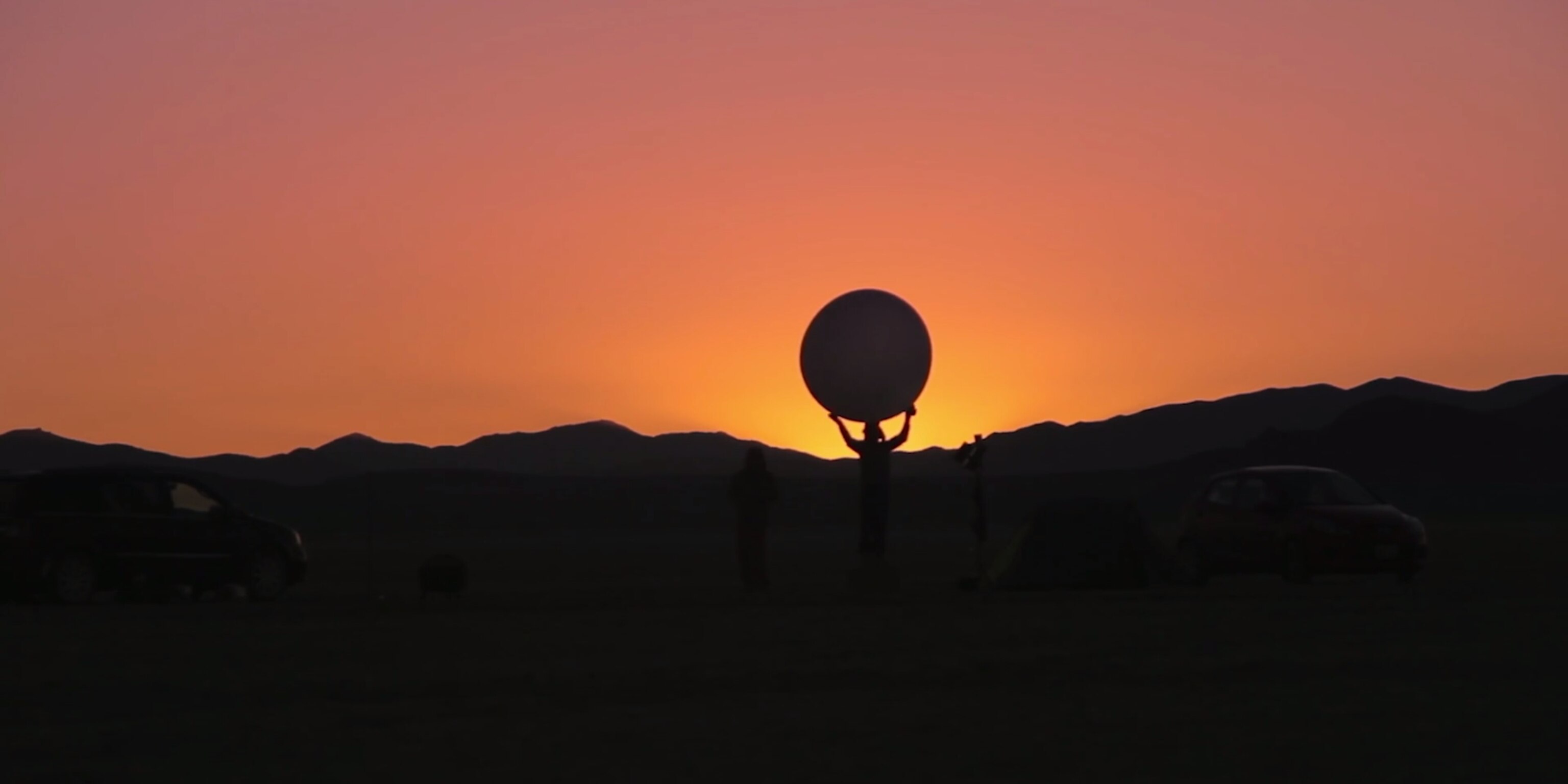
Every Solar System Image You’ve Ever Seen is Wrong. Till Now.
So which one are we (we human beings, I mean)?
Infinitesimal
String scale
Nanoscale
Subatomic scale
Atomic
Molecular
Mitochondrial
Cellular
Microscopic
Minuscule
Tiny
Lilliputian
Small
Medium
Bulky
Large
Immense
Massive
Giant
Mammoth
Colossal
Leviathan
Vast
Galactic
Cosmic
Universal
Well, it depends on who’s asking. To a virus, we’re colossal, even vast. To a giraffe, we’re small. If it’s me asking, a virus looks microscopic (minuscule?), while the solar system—ah, the solar system—has gotta be in the colossal-to-vast range, but I really have no idea. I can look up at what might be Mars (the rosy-looking one) in the night sky, but I haven’t the imagination, the metaphor, the math to make sense of that distance. All I know is what Doug Adams says in The Hitchhiker’s Guide to the Galaxy: “Space is big. Really big. You just won’t believe how vastly hugely mindbogglingly big it is.” Yup. That’s how I measure deep space: I don’t. My mind just boggles.
But this week, along with a million or so other folks, I saw the light. Or rather, I saw space. I saw, maybe for the first time, how hugely mindbogglingly big space is. Two wonderful filmmakers, Wylie Overstreet and Alex Gorosh, figured out what’s wrong with every image of the solar system we’ve ever seen. In every one, they say, space gets cheated. Planets get exaggerated. And in their short film To Scale: The Solar System, they fix that.
What they do is build our solar system with the heavenly bodies true to scale, which means the sun, Mercury, Venus, and, all the way out, Neptune (sorry, Pluto) are crazily small. Space, meantime, gets back its vastness. As you see here, their Earth (this is Overstreet demonstrating) is a little marble.

Using a ten-foot chain-link fence hooked to the back of their car, they created the orbits of all eight planets on a dried lake bed in Nevada (Black Rock Desert, home to Burning Man), carving ellipses into the sand. Then, when night fell, they drove the orbits, Gorosh holding a large lamp out the car window. The resulting time-lapsed film was composed into a carnival-looking, swooshing solar system, with teeny planets poised on poles, each a pinpoint of light.

The most wonderful moment comes at the very end, when we stand nose to nose with the marble that is Earth and look back at the actual sun coming up in the east and, astonishingly, their model sun and the real sun … match! They’re the same size. So the model suddenly feels real, and that’s when Overstreet takes Earth and tosses it along the desert floor so it rolls into orbit, and you see, really think you see, how small (minuscule? tiny? Lilliputian?) our little planet—home to all of us—actually, really is.
It’s lip-bitingly beautiful.
WATCH: A group of friends build a scale, illuminated model of the solar system stretching seven miles across a dry lakebed in Nevada. Video courtesy Wylie Overstreet and Alex Gorosh
Order of Magnitude: Methodical Rankings of the Commonplace and the Incredible for Daily Reference, by a Man of Extraordinary Genius and Impeccable Taste.
Related Topics
Go Further
Animals
- How can we protect grizzlies from their biggest threat—trains?How can we protect grizzlies from their biggest threat—trains?
- This ‘saber-toothed’ salmon wasn’t quite what we thoughtThis ‘saber-toothed’ salmon wasn’t quite what we thought
- Why this rhino-zebra friendship makes perfect senseWhy this rhino-zebra friendship makes perfect sense
- When did bioluminescence evolve? It’s older than we thought.When did bioluminescence evolve? It’s older than we thought.
- Soy, skim … spider. Are any of these technically milk?Soy, skim … spider. Are any of these technically milk?
Environment
- Are the Great Lakes the key to solving America’s emissions conundrum?Are the Great Lakes the key to solving America’s emissions conundrum?
- The world’s historic sites face climate change. Can Petra lead the way?The world’s historic sites face climate change. Can Petra lead the way?
- This pristine piece of the Amazon shows nature’s resilienceThis pristine piece of the Amazon shows nature’s resilience
- Listen to 30 years of climate change transformed into haunting musicListen to 30 years of climate change transformed into haunting music
History & Culture
- Meet the original members of the tortured poets departmentMeet the original members of the tortured poets department
- Séances at the White House? Why these first ladies turned to the occultSéances at the White House? Why these first ladies turned to the occult
- Gambling is everywhere now. When is that a problem?Gambling is everywhere now. When is that a problem?
- Beauty is pain—at least it was in 17th-century SpainBeauty is pain—at least it was in 17th-century Spain
Science
- Here's how astronomers found one of the rarest phenomenons in spaceHere's how astronomers found one of the rarest phenomenons in space
- Not an extrovert or introvert? There’s a word for that.Not an extrovert or introvert? There’s a word for that.
- NASA has a plan to clean up space junk—but is going green enough?NASA has a plan to clean up space junk—but is going green enough?
- Soy, skim … spider. Are any of these technically milk?Soy, skim … spider. Are any of these technically milk?
Travel
- This tomb diver was among the first to swim beneath a pyraamidThis tomb diver was among the first to swim beneath a pyraamid
- Dina Macki on Omani cuisine and Zanzibari flavoursDina Macki on Omani cuisine and Zanzibari flavours
- How to see Mexico's Baja California beyond the beachesHow to see Mexico's Baja California beyond the beaches
- Could Mexico's Chepe Express be the ultimate slow rail adventure?Could Mexico's Chepe Express be the ultimate slow rail adventure?